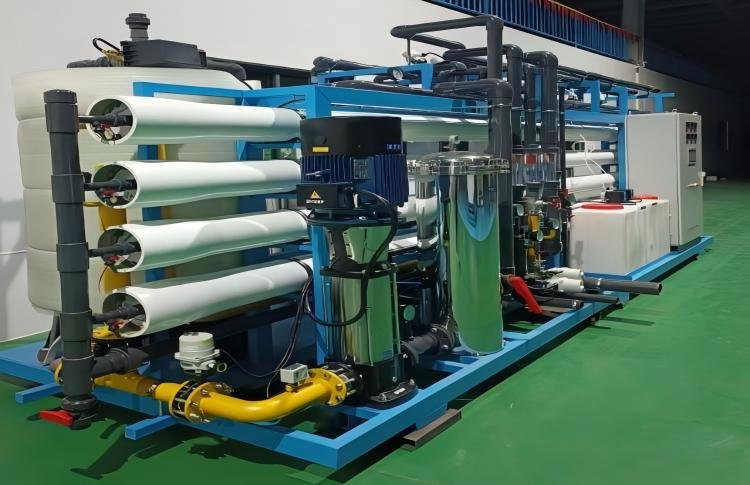Introduction
Seawater desalination has become a vital solution for addressing global water scarcity, especially in arid regions. Ensuring the longevity and efficiency of desalination equipment is crucial for sustainable operations. This article explores best practices for maintaining seawater desalination systems, drawing insights from the Taweelah Reverse Osmosis (RO) project in Abu Dhabi—the world’s largest RO desalination facility.
Understanding Seawater Desalination Systems
Seawater desalination plants typically comprise several key components:
-
Pre-treatment Systems: Remove suspended solids and microorganisms.
-
High-Pressure Pumps: Provide the necessary pressure for the RO process.
-
Reverse Osmosis Membranes: Filter out salts and impurities.
-
Post-treatment Systems: Adjust water quality to meet standards.
Each component requires regular maintenance to prevent degradation and ensure optimal performance
Best Practices for Seawater Desalination Systems
1. Regular Inspection and Monitoring
Routine checks help identify potential issues early. Key parameters to monitor include
Pressure Levels: Fluctuations may indicate membrane fouling or pump issues.
-
Flow Rates: Decreases can signal blockages or membrane scaling.
-
Water Quality: Regular testing ensures compliance with standards
2. Membrane Cleaning and Replacement
RO membranes are susceptible to fouling from organic matter, scaling, and biofilms. Implementing a cleaning schedule based on manufacturer recommendations and operational data is essential. Typically, membranes require chemical cleaning every 3 to 6 months. Replacement intervals vary but generally occur every 3 to 5 years, depending on operating conditions
3. Pre-treatment System Maintenance
Effective pre-treatment reduces the load on RO membranes. Regularly replacing filters and monitoring system performance can prevent downstream issues.
4. Pump and Motor Servicing
High-pressure pumps and motors should undergo periodic maintenance to ensure efficiency. This includes checking for wear, lubricating moving parts, and verifying alignment.
5. Data Logging and Analysis
Maintaining detailed records of operational parameters and maintenance activities facilitates trend analysis and proactive decision-making.
Case Study: Taweelah RO Project
The Taweelah RO facility in Abu Dhabi exemplifies effective maintenance and operation of a large-scale desalination plant. Key highlights include:
-
Capacity: 909,200 cubic meters per day, serving over 350,000 households.
-
Energy Efficiency: Utilizes low-carbon intensive RO technology, achieving a 96% increase in energy efficiency compared to traditional thermal desalination.
-
Carbon Emissions: Reduces emissions by more than 85%.
-
Operational Excellence: Surpassed 90% production capacity, delivering 831,935 cubic meters per day.
These achievements underscore the importance of meticulous maintenance and advanced technology integration.
Maintenance Schedule Overview
A structured maintenance schedule ensures the reliability of desalination equipment:
| Task | Frequency | Purpose |
|---|---|---|
| Inspect membranes and filters | Monthly | Detect fouling and wear |
| Clean RO membranes | Every 3–6 months | Remove scaling and biofilms |
| Replace pre-treatment filters | As needed | Maintain water quality |
| Service pumps and motors | Quarterly | Ensure mechanical efficiency |
| Calibrate sensors and instruments | Biannually | Maintain accurate readings |
| Analyze operational data | Ongoing | Identify trends and preempt issues |
Conclusion
Regular maintenance of seawater desalination equipment is vital for operational efficiency and longevity. By implementing best practices and learning from successful projects like Taweelah, operators can ensure sustainable water production.
At Bestamembrane, we offer high-quality membranes and comprehensive maintenance solutions tailored to your needs. Contact us to learn how we can support your desalination projects.
References:
-
Emirates Water and Electricity Company (EWEC): Taweelah Reverse Osmosis
-
ACWA Power: Al Taweela

 MBR Membrane
MBR Membrane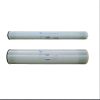 Reverse Osmosis Membrane
Reverse Osmosis Membrane Residential Ro Membrane
Residential Ro Membrane UF Membrane
UF Membrane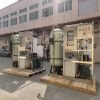 Water Treatment Plant
Water Treatment Plant Residential Ro Machine
Residential Ro Machine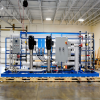 Brackish Ro System
Brackish Ro System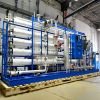 Sea water system/SW RO plant
Sea water system/SW RO plant Bag Filter
Bag Filter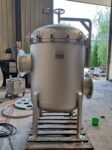 Cartridge Filter
Cartridge Filter Commercial Water Filtration System
Commercial Water Filtration System Membrane Cleaning System(CIP)
Membrane Cleaning System(CIP)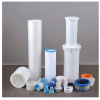 Consumables Accessories
Consumables Accessories